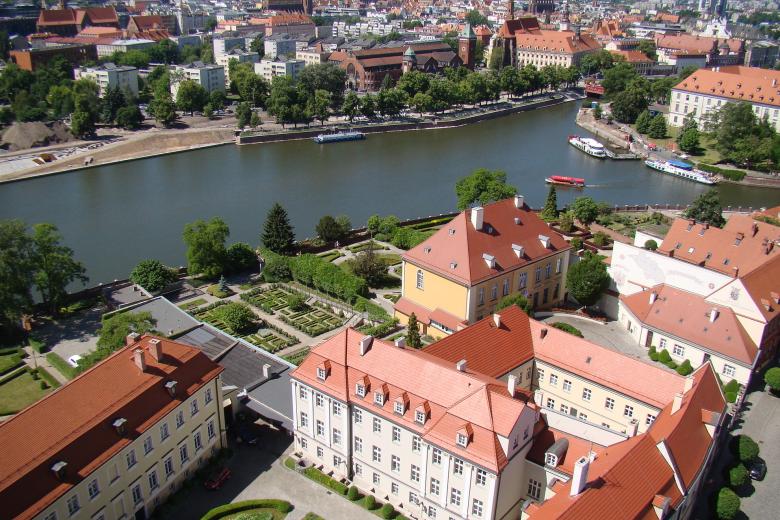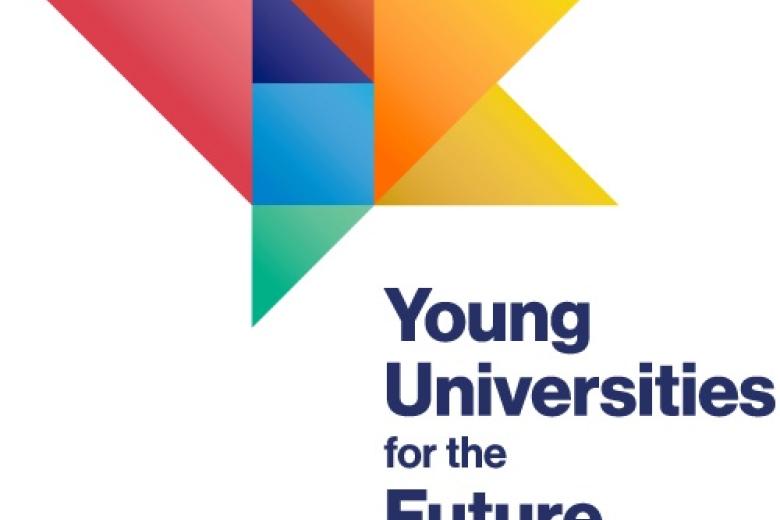the_atlas_law_journal_-_volume_1.pdf
(595.54 kB, PDF)
… rise to the modern international economic law that widened the disparity between the North and the indigenous peoples. While the former attained valuable natural resources, the latter were left with the resulting social and environmental burdens, an exchange that remains visible to this day.25 22 UNHRC (Resolution adopted by the Human Rights Council on 8 October 2021) ‘The human right to a clean, healthy, and sustainable environment’ (8 of October 2021) A/HRC/RES/48/13; OHCHR ‘Report of the … law evolved from bilateral investment treaties that adopted colonialism’s ‘instrumentalist view’ of exploiting nature, creating an international design with the 1947 General Agreement on Tariffs and Trade (GATT) to stabilise the status quo of foreign investors’ access to natural resources and without obligations to protect neither the environment nor the rights of those dependent upon those resources.26 What placed indigenous peoples at a further disadvantage was the debt crisis of the … a neoliberal model of economics based on liberalising, privatising, and removing social and regulatory barriers to trade in exchange for financial stimulus from international organizations like the International Monetary Fund (IMF) to repay foreign debt.27 With such an international economic order, we can consider the start of the ‘Anthropocene-Capitalocene’ era we currently live in from the post-1950s, sometimes referred to as the ‘Great Acceleration’ when economic activity increased via …



